What to do in Senegal: 20 must-sees and must-dos
Pierre
13 Sep 2023
Anchored at the western tip of Africa, Senegal is a land of ancestral cultures, lively rhythms, golden beaches and breathtakingly beautiful national parks. With Dakar as its bustling capital, the country stands out for its hospitality, epitomized by the term “teranga”, often used to describe the warm welcome of the Senegalese people.
From the Bandia Reserve to the Saloum Islands, via the mythical island of Gorée, a poignant witness to the slave trade, Senegal offers an immersion in history, nature and culture.
Whether you’re passionate about the arts, traditions, gastronomy or breathtaking landscapes, Senegal will captivate you and invite you to discover.
Your online travel health insurance
Start your quotation now and obtain your medical insurance certificate, which insures medical expenses according to the country’s needs.
Before you head off to the various places we’ll be mentioning in this article on Senegal, you can find below links to local agencies that will enable you to travel within the country:
Don’t forget to consult these resources for all the information you need for a successful trip.
Dakar, the bustling capital of Senegal, is located on the Cape Verde peninsula, the westernmost point of the African continent.
In the heart of Dakar, the Monument de la Renaissance Africaine rises majestically, a symbol of freedom and emergence.
Busy markets such as Sandaga and Kermel are a must for immersing yourself in the local culture. As for surfing fans, they can be found on the beaches of N’gor to catch the waves.
Did you know that Dakar was the capital of French West Africa until its independence in 1960?
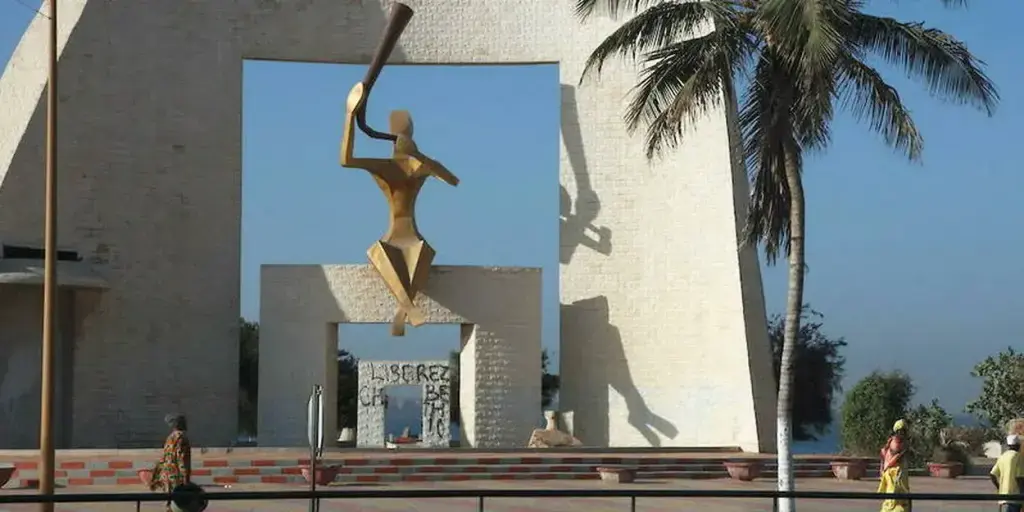
Gorée Island, just a few kilometers off the coast of Dakar, is a poignant testimony to Senegal’s slave-owning past.
This UNESCO World Heritage site is home to the House of Slaves, where thousands of souls were imprisoned before being sent to the New World.
In addition to its dark history, the island’s charm lies in its cobbled streets, colorful houses and gentle Mediterranean atmosphere.
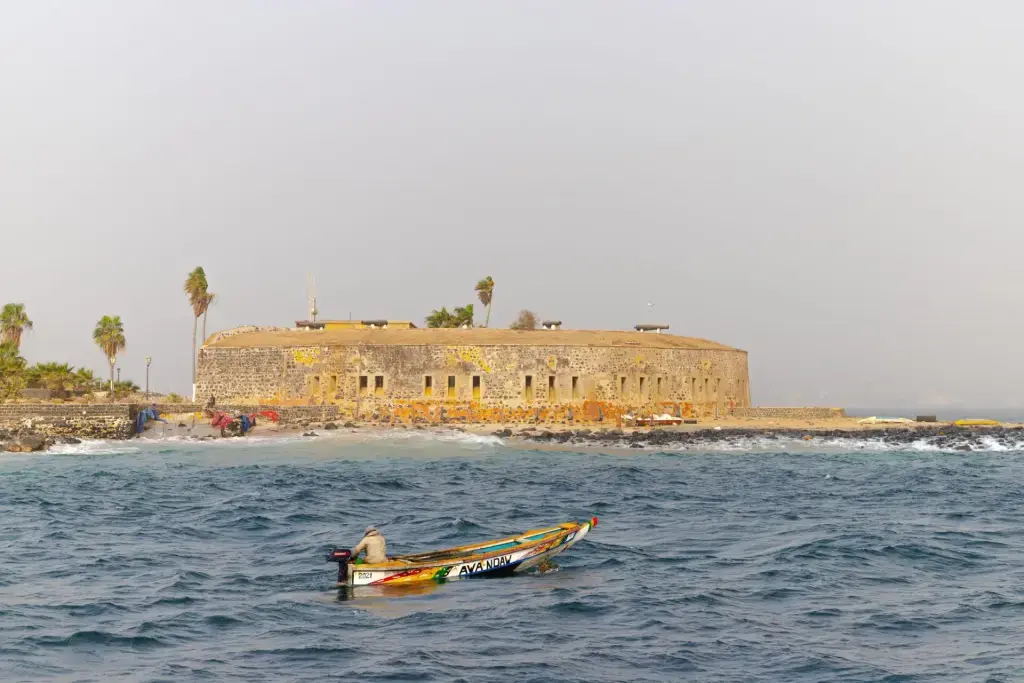
Niokolo-Koba National Park, nestled in southeastern Guinea, is a mosaic of precious ecosystems.
First of all, its vast savannahs, dense gallery forests and impressive waterways.
Lions, leopards, elephants and even chimpanzees can be seen in their natural habitat.
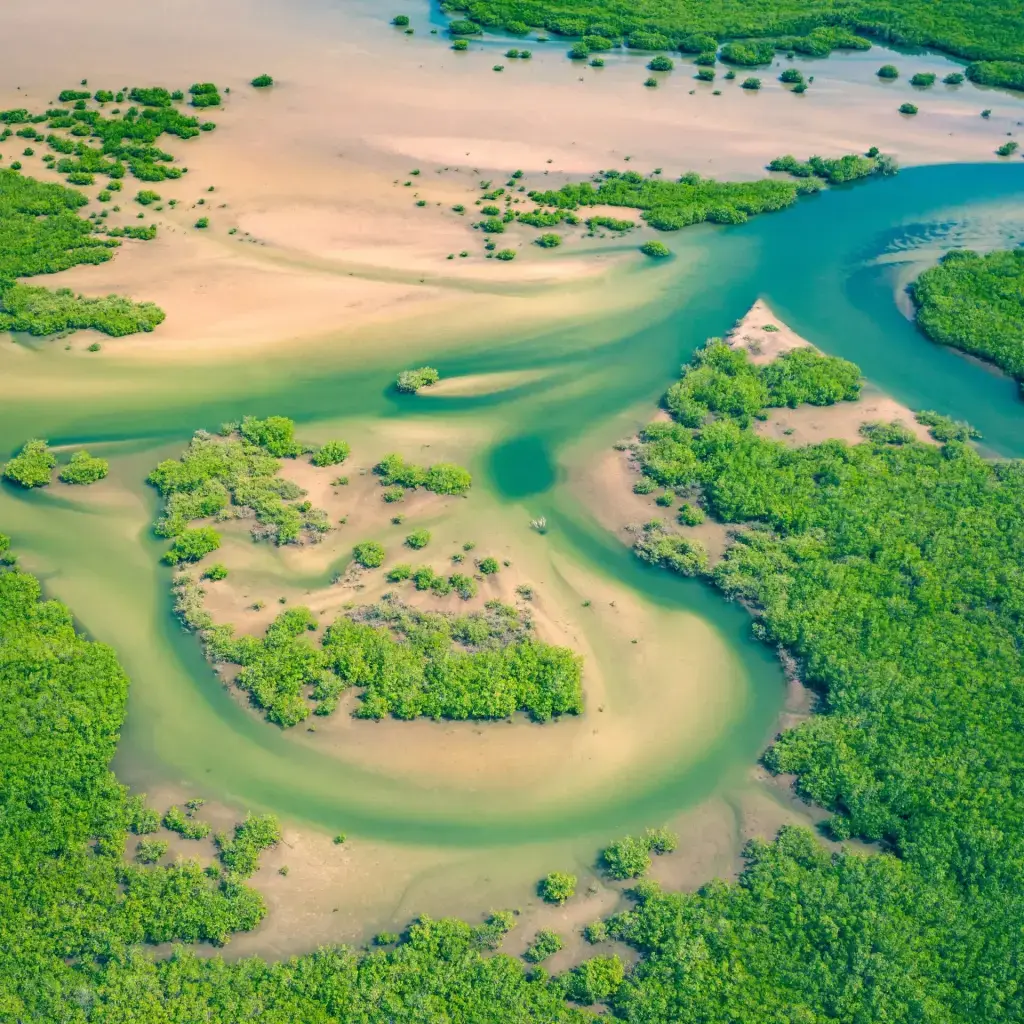
Lac Rose, also known as Lac Retba, is located a few kilometers northeast of Dakar. First, as you approach, you’re struck by its pink-tinted waters, a natural phenomenon caused by a micro-algae.
This salt lake is also the scene of salt harvesting activities, with workers going about their tasks in an almost surreal setting. The white sand dunes and filaos that line its shores offer a breathtaking panorama. For a unique experience, there are numerous 4×4 and horseback excursions in the surrounding area.
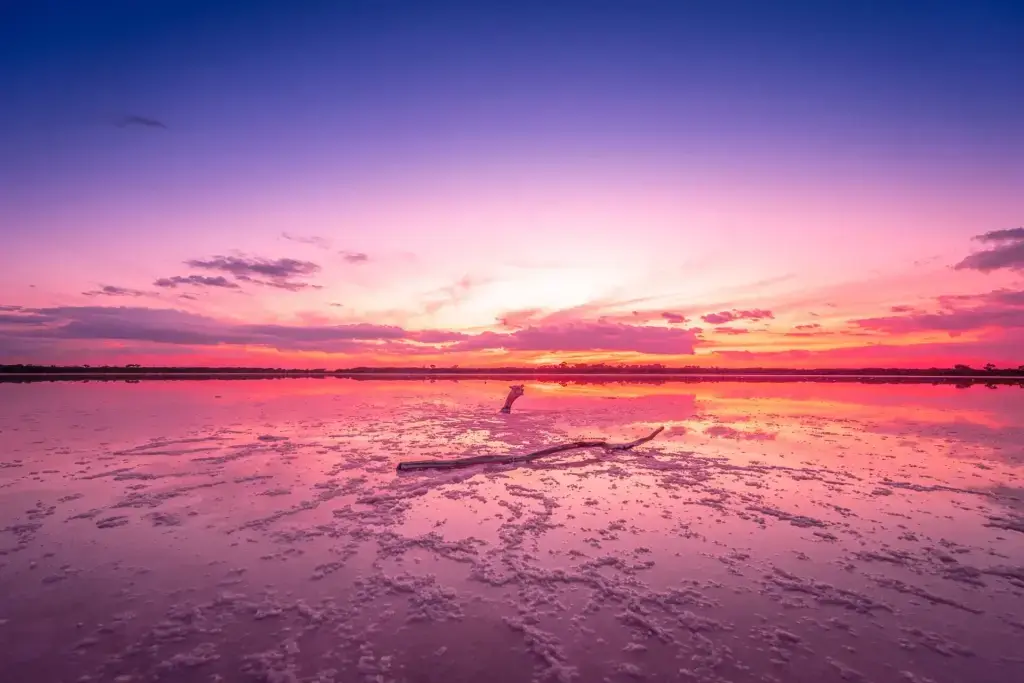
The Maison des Esclaves is located on the island of Gorée, not far from the coast of Dakar. Walking around this quiet island, you immediately feel the weight of its tumultuous history. The Maison des Esclaves is a silent witness to the dark days of the transatlantic slave trade.
It contains the narrow cells where slaves were locked up, awaiting deportation to the New World. The passage of no return, a door opening onto the ocean, symbolizes the last memory of Africa for thousands of souls.
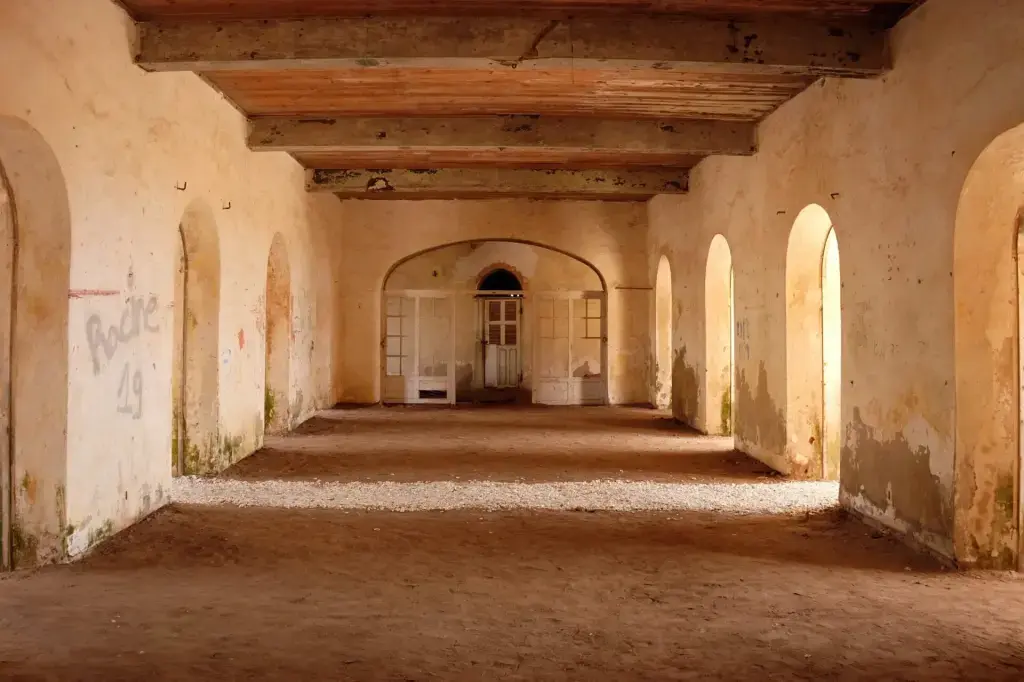
The Bandia Reserve, just an hour’s drive from Dakar, is like a green jewel in the Senegalese countryside. Here, majestic baobabs stand proudly, providing welcome shade for antelopes, giraffes and other reserve inhabitants. These animals, along with the crocodiles that populate the waterholes, are a delight for visitors.
As you explore the reserve, you can spot ostriches, monkeys and other species, all roaming free in their natural habitat. A safari in the Bandia Reserve is an invitation to discover African wildlife.
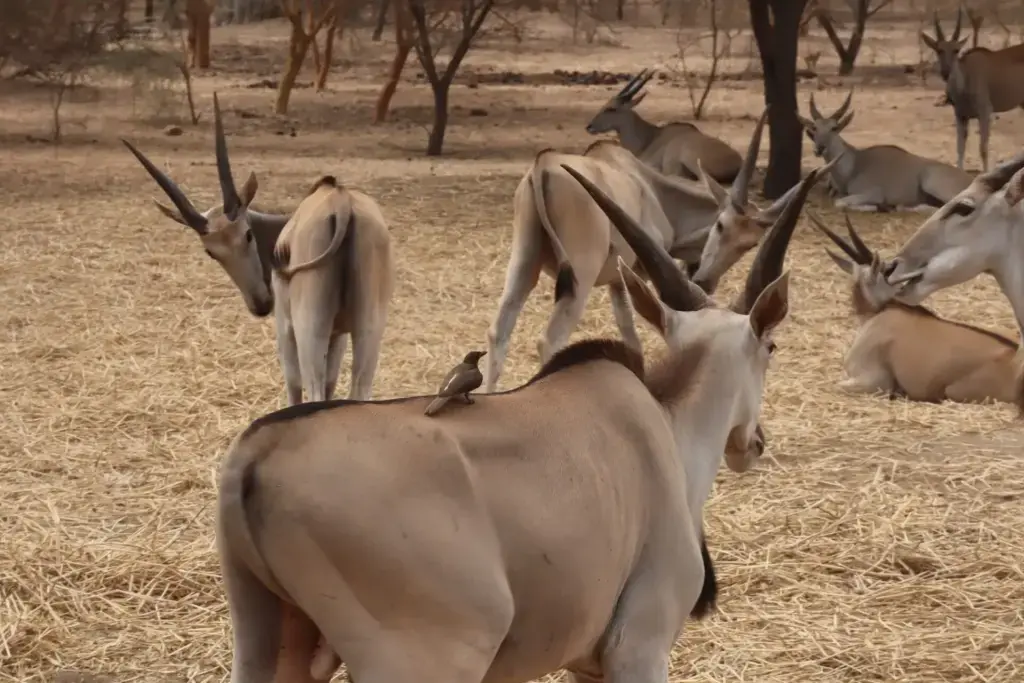
The Djoudj National Bird Park in northern Senegal, near the border with Mauritania, is a haven for migratory birds from Europe. It’s one of the world’s greatest birdwatching sites. As you roam the waterways and marshes, you’ll witness the incredible spectacle of millions of birds, including pelicans, flamingos and cormorants.
Boat trips are also organized to get closer to these birds, whose aerial ballets are a breathtaking spectacle. Finally, in addition to birds, there are crocodiles, monitor lizards and other wild animals.
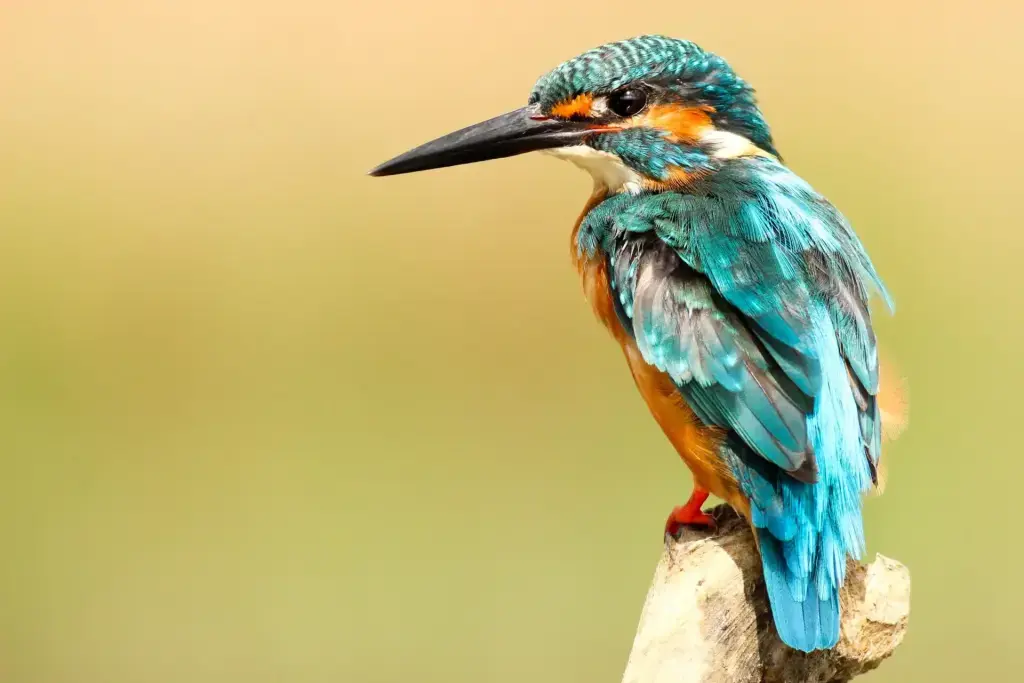
The Îles des Madeleines, a jewel off the coast of Dakar, are one of Senegal’s natural wonders. This small archipelago of rock formations and sandy beaches is also a protected site for its unique biodiversity.
Then, as you explore the islands, you’ll discover lush vegetation, sheer cliffs and secret coves, ideal for diving and spotting multicolored fish.
So, if the calm and beauty of the place seduce visitors, it’s also a mecca for Senegalese spirituality.
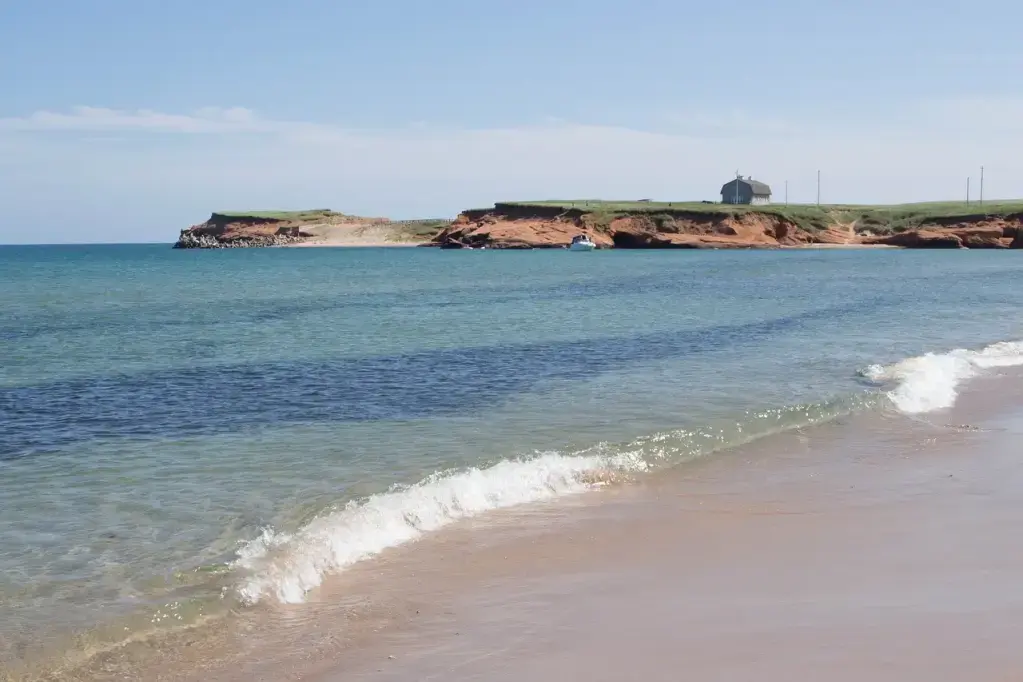
Saint-Louis du Sénégal, in the north-west of the country, is a historic city with remarkable colonial architecture. Firstly, it’s nicknamed the “African Venice” because of its many canals and bridges crossing the Senegal River. Secondly, in the heart of the city, cobbled streets and houses with wrought-iron balconies evoke the charm of old European towns.
Stroll around and admire the majestic cathedral, the fort and the lively market offering a multitude of local products. Fishing is one of the main activities in Saint-Louis, and the colorful pirogues lining the river provide a fascinating daily spectacle.
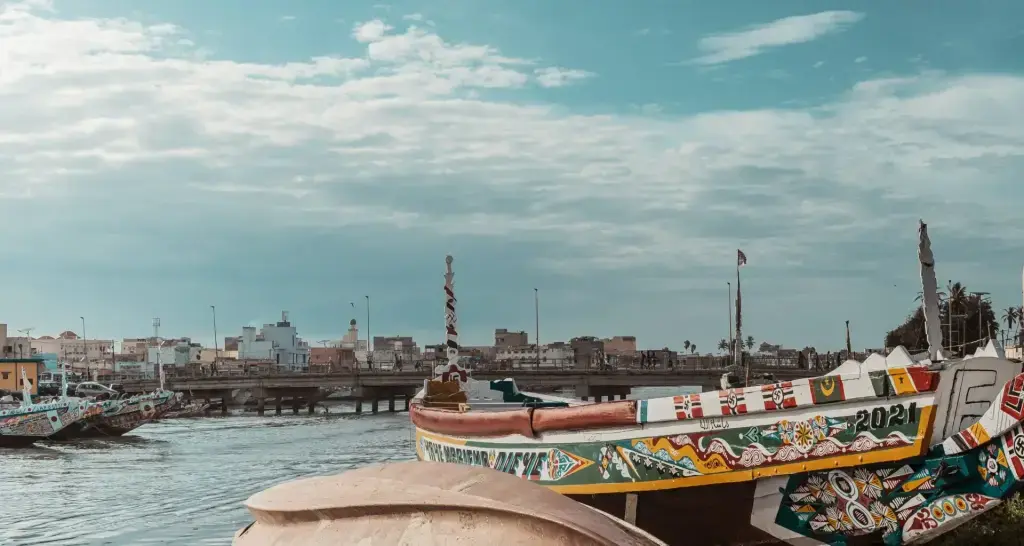
Parc Forestier de Hann, nestled in vibrant Dakar, is a haven of greenery in the heart of the bustling city. All around you, the hustle and bustle of the city seems to fade away, giving way to the serenity of nature.
Secondly, at its heart, the zoo is home to a variety of animal species, both local and foreign, offering visitors an opportunity for learning and discovery.
Well-maintained paths wind through the park, inviting peaceful strolls or jogging sessions for sports enthusiasts.
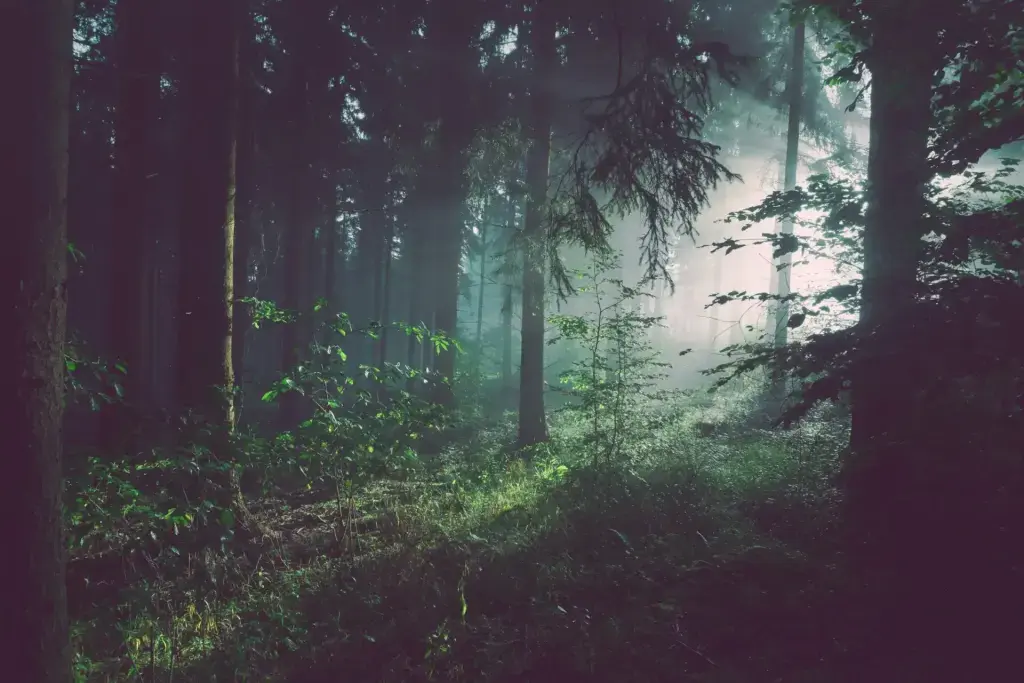
The Somone Lagoon Reserve, located near the small town of Somone, is a sanctuary of tranquility in the middle of the Senegalese coast. It stretches out like a peaceful mirror of water, bordered by verdant mangroves and sandy islands.
Secondly, this natural haven is famous for its biodiversity, notably its varied bird species that congregate in large numbers, offering a fascinating spectacle for ornithologists and bird lovers alike.
Pirogue trips allow you to explore the lagoon, get up close to the flora and fauna, and appreciate the serene beauty of the area.

The Siné-Saloum Delta, in the heart of Senegal, is a labyrinth of bolongs (winding channels) and islands stretching majestically along the Atlantic coast.
Framed by towering mangroves, this unique ecosystem is a mosaic of land and salt water, a veritable haven for flora and fauna.
Secondly, it is renowned for its rich biodiversity, especially its bird parks, which are home to thousands of migratory birds.
Travelers can immerse themselves in unspoiled nature, set off by pirogue to explore the islands or fish peacefully. The Siné-Saloum delta boasts over 200 islands and islets, some of which are home to mysterious ancient burial mounds.
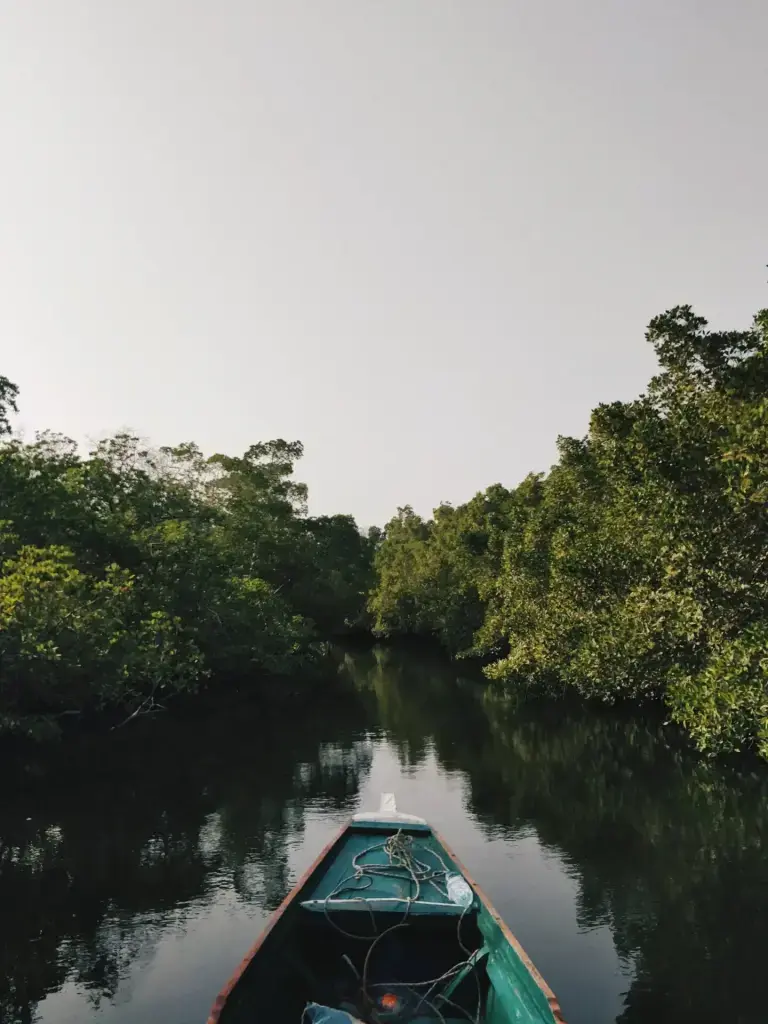
The Fathala Reserve, nestled in Senegal not far from the Gambian border, is an oasis of biodiversity set in 6,000 hectares of savannah.
Firstly, this protected land is home to magnificent baobab forests and endangered wildlife.
Then there are the lions, giraffes, rhinoceroses and antelopes living in a natural, unspoilt environment.
Also, when visiting Fathala, tourists can venture out on safaris on foot or by car to observe these wonders.
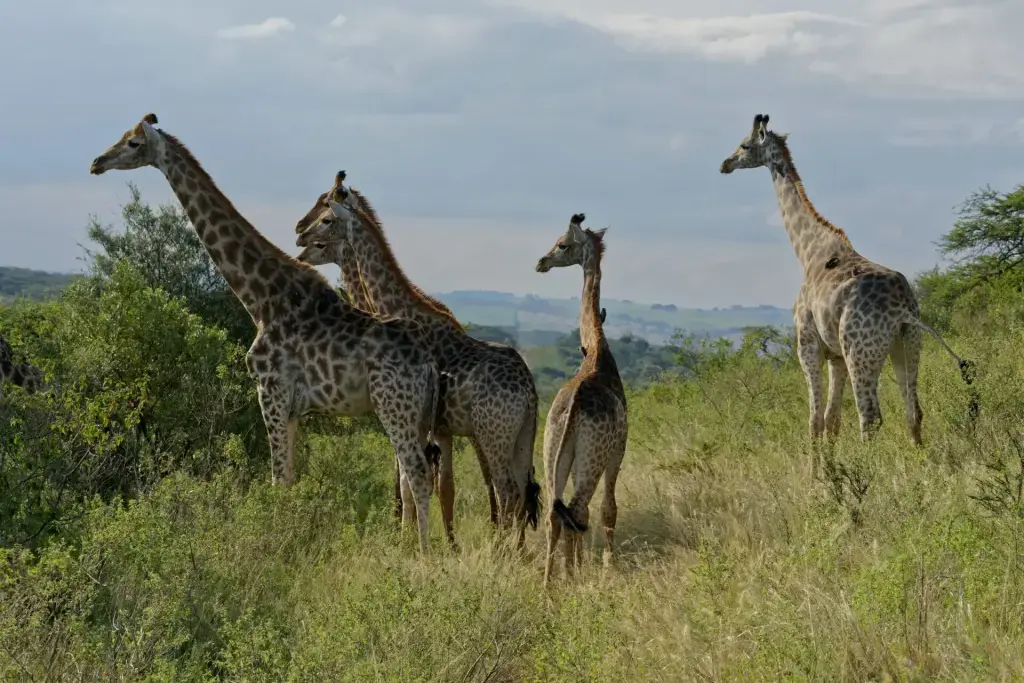
Touba, in the heart of Senegal, is the spiritual sanctuary of the Mouride brotherhood. The Grand Mosque of Touba stands majestic and impressive, a symbol of devotion.
Then its soaring minarets, golden domes and magnificent architecture attract pilgrims from all over the world.
The faithful also meditate in its midst, evoking Sheikh Ahmadou Bamba, the founder of Mouridism.
Did you know that every year, millions of faithful flock to Touba for the great pilgrimage, the Magal, celebrating Bamba’s exile to Gambia?
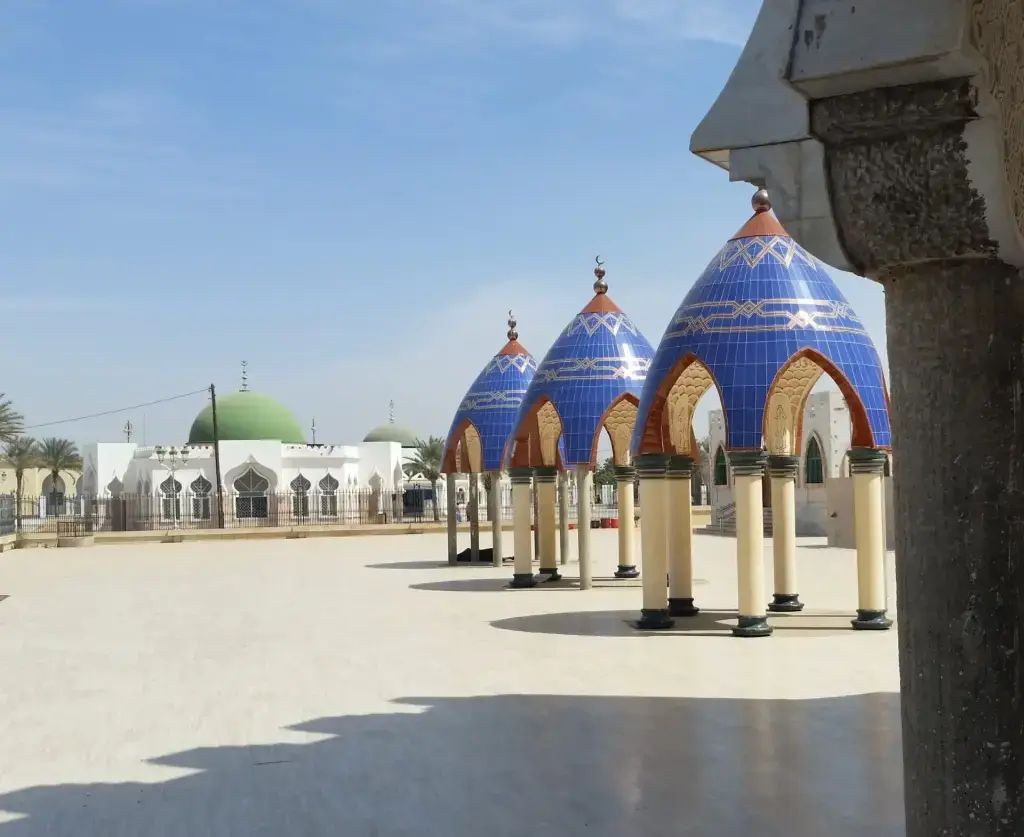
Casamance, in southwestern Senegal, is bordered by the Atlantic Ocean and the Casamance River.
Firstly, the region is famous for its lush mangroves, rice paddies and forests.
Then, in Ziguinchor, the main town, and on the island of Carabane, you can admire colonial vestiges. Visitors can cruise the river, discover the Diola culture and enjoy traditional dances.
Casamance has long been a zone of conflict, but is now a peaceful region, appreciated for its natural beauty.
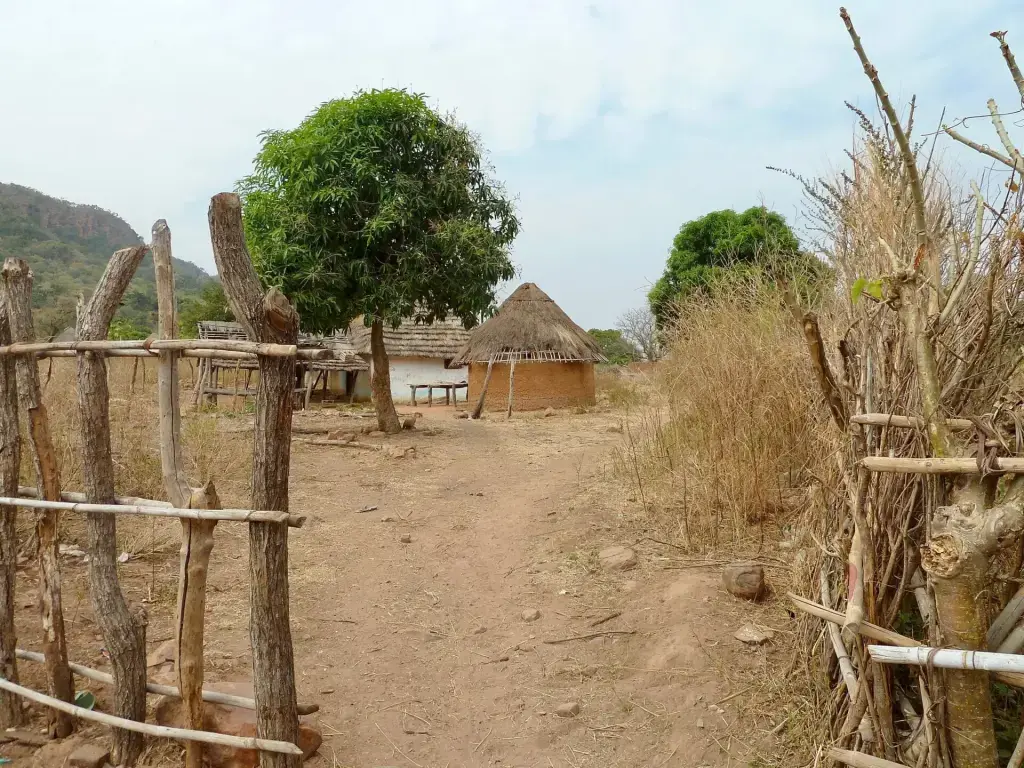
The Petite Côte, a coastal strip stretching south from Dakar, is one of Senegal’s treasures.
Firstly, it is bordered by golden beaches, seaside resorts and picturesque fishing villages such as Mbour and Joal-Fadiouth.
Next, the nearby Bandia reserve offers a chance to see wild African animals.
Travelers can sunbathe, enjoy freshly caught fish or go on safari.
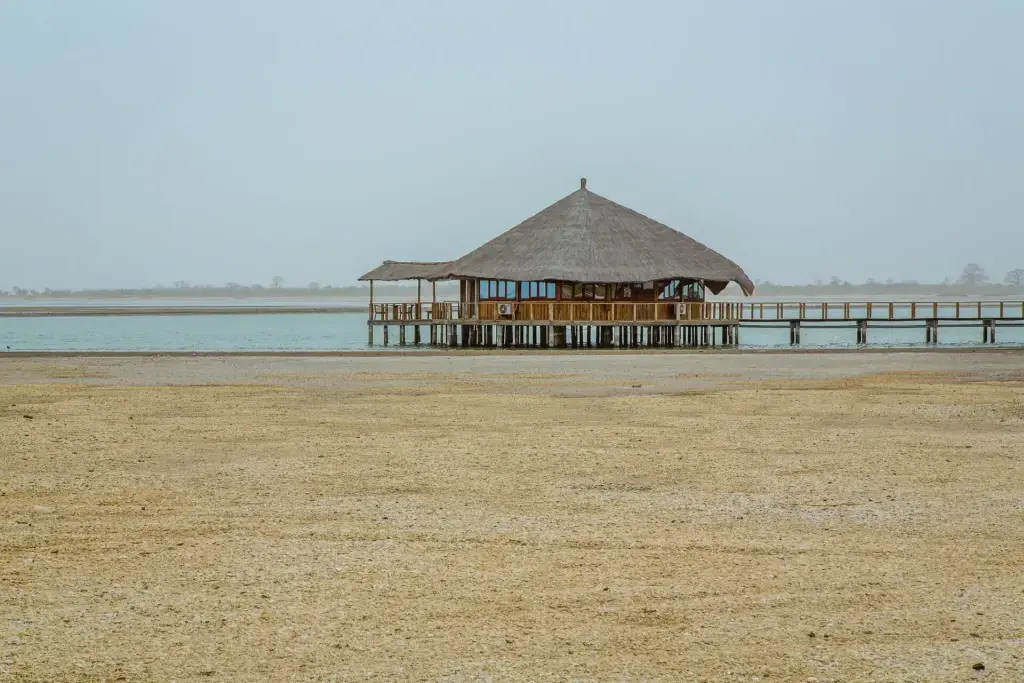
Sandaga Market, in the heart of Dakar, is one of Senegal’s biggest and liveliest.
Surrounded by the city’s historic buildings, it offers a complete immersion in Senegalese culture.
Then there’s a multitude of items: clothing, jewelry, local food products and much more.
Tourists and locals alike can haggle, unearth hidden treasures and sample street food.
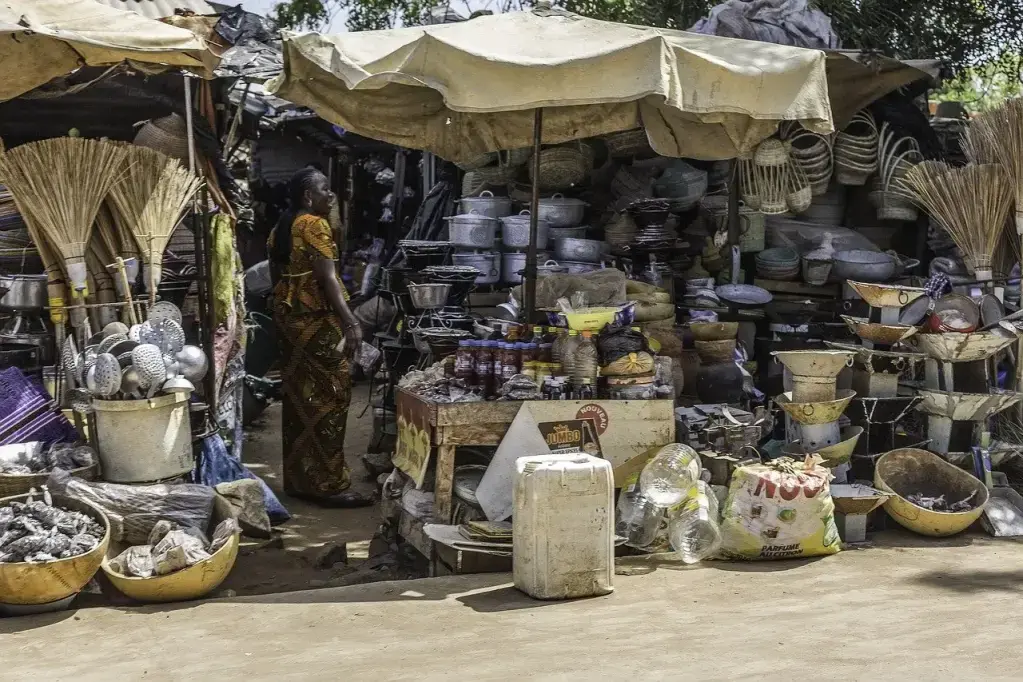
N’gor Beach, nestled just a stone’s throw from Dakar, is a real gem on the Petite Côte.
Bordered by the small village of N’gor, it is separated from the famous Île de N’gor by a narrow channel.
After that, activities abound: surfing, swimming or simply lazing in the sun. The turquoise waters and golden sands offer the perfect backdrop for beach lovers.
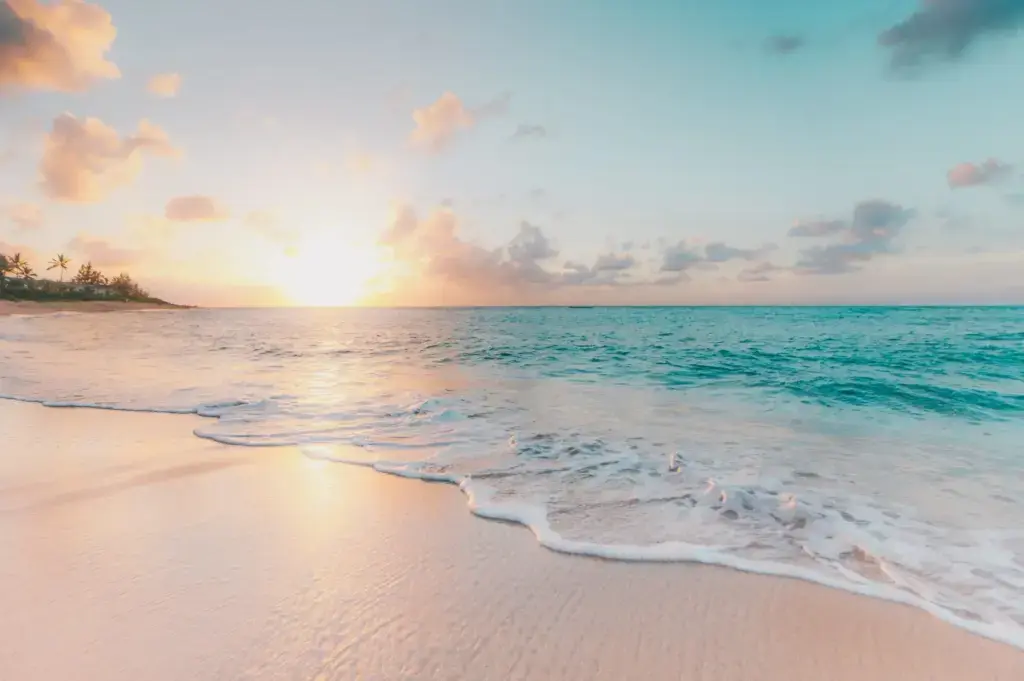
Plage de Yoff, north of Dakar, stretches along the lively Yoff district.
Firstly, it’s bordered by the Layène Mosque, a spiritual site of great importance to the local community.
Then there are the traditional fishermen, making the place lively and colorful.
So, between the picturesque boats and the soccer matches on the sand, there’s always a pleasant buzz.
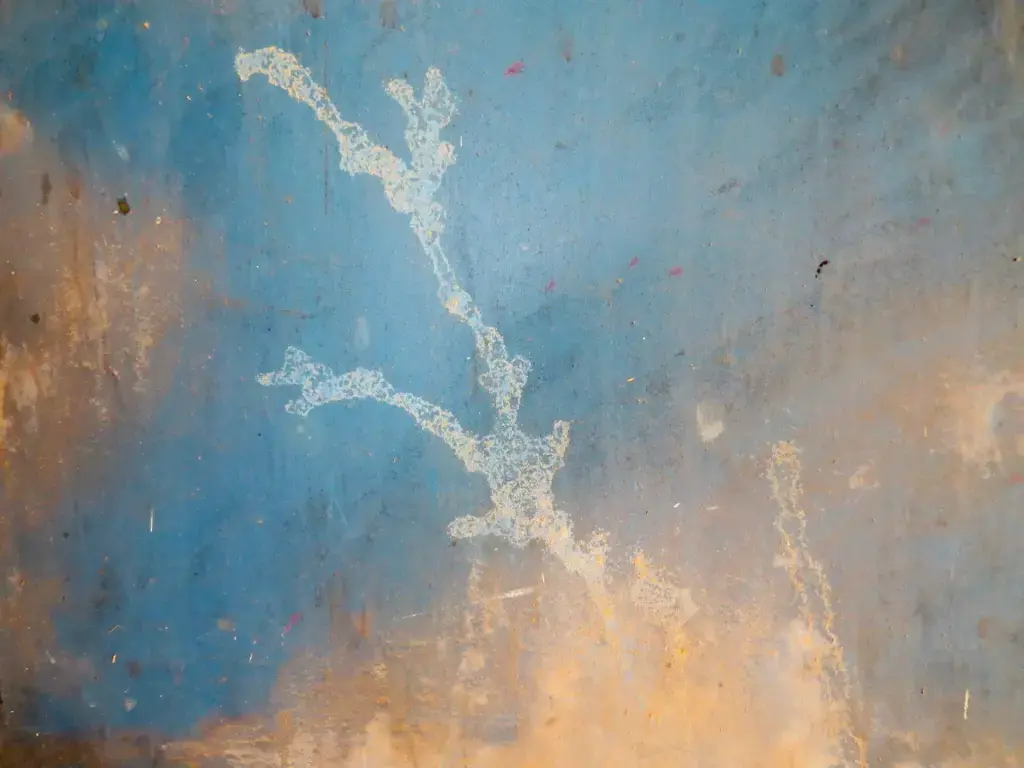
Fadiouth Island, also known as Île aux Coquillages, lies in south-western Senegal, linked to Joal by a wooden bridge.
Firstly, the floor is made entirely of seashells, giving it a unique charm.
Other points of interest include the mixed Christian and Muslim cemetery, a symbol of peaceful coexistence.
Visitors can explore stilted granaries and attend traditional ceremonies.
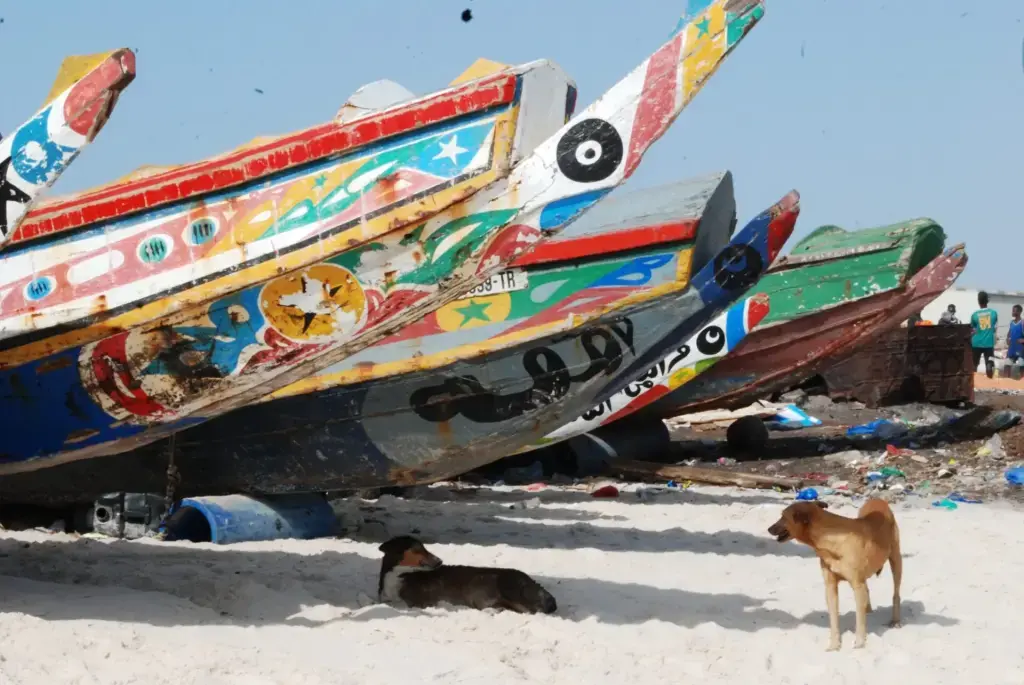
Do you have any questions?
Our teams are here to advise you!

4,3/5 on Trustpilot

Certified partners

Human & committed service

Customized offer

Optimal coverage